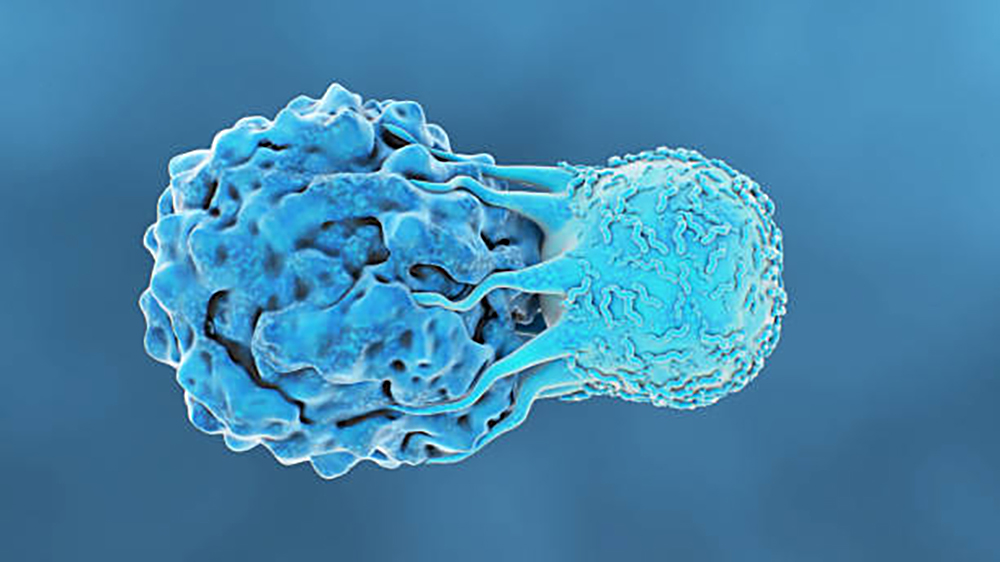Study reveals cancer-fighting potential for one kind of T cell

Recent research at KTH Royal Institute of Technology and Karolinska Institutet reveals how certain immune cells interact with — and kill — cancer cells. The research work is considered so important that it has just been
published in the prestigious scientific journal Nature Communications.
The researchers published the first detailed look at the mechanisms that become active in immune cells of the Gamma Delta T cell type when they interact with certain kinds of cancer cells. "our results fill a gap in the basic knowledge needed to understand how to better use these cells for cancer treatment," says one of the study’s authors, Björn Önfelt, Professor at the Division of Biophysics at KTH and the Department of Medicine at KI.
Gamma Delta T cells are known to contribute to the human body's defense in several different ways. They respond to pathogens that contribute to tuberculosis and malaria, for example. Gamma Delta T cells are also scientifically proven to kill several types of tumors. However, the ability to kill infected or malignant cells has been difficult to assess.
"In our study, we show that almost all Gamma Delta T cells have the individual potential of to kill tumor cells,” says Patrick Sandoz, researcher at the Division of Biophysics at KTH.
The team used a novel method to track the T cells’ work. “To do this, we mix single Gamma Delta T cells with some tumor cells in micro-wells, which we then image in a sequence of images," Sandoz says.
Tracking cell movements
He says that in this way the researchers could follow how the cells interact with each other, and it became possible to track the movements of the different cells and describe in detail how the Gamma Delta T cells kill the tumor cells.
"After activation, the Gamma Delta T cells build up a large arsenal of so-called lytic molecules, which they use to attack the tumor cells,” says Kyra Kuhnigk, a research student at the Center for Infectious Medicine at Karolinska Institutet. “We also show that this potential is only effective for a short window of a few days."
She adds that the Gamma Delta T cells also separate the lytic molecules into different compartments, which prevents them from killing many tumor cells in series.
Text: Peter Ardell
For more information, please contact Patrick Sandoz at psandoz@kth.se or Björn Önfelt at 073 - 076 61 46 / onfelt@kth.se.

